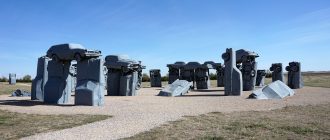Things to do in Louisiana
There are so many things to do in Louisiana, but where should you start? This article will give you the scoop on everything from the Jungle Gardens to the St. Louis Cathedral and the Golden Nugget Casino. Here are some of our top picks.
Jungle Gardens
You’ll find a wide variety of creatures and scenery at Louisiana’s Jungle Gardens. See the Snowy Egrets, alligators, bears, coyotes, otters, and rabbits. And, of course, don’t miss the 18-foot-long Monsurat! These animals and other creatures live in this semi-tropical oasis. Things to do in Louisiana include Jungle Gardens, a must-see when visiting this beautiful state.
One of the most popular cities in the world, Jungle Gardens is an easy place to fill your vacation bucket list. However, if you don’t like crowds and aren’t into crowded places, this is not the place for you. If you’re the type of person who prefers quieter environments, you should visit other parts of Louisiana. There are plenty of museums and galleries to explore, and you’ll be able to take in the local culture, as well.
If you’re looking for a unique experience, head to Bird City along the way through Jungle Gardens. A must-see attraction for bird-lovers is Bird City. Ned McIlhenny began a rookery in 1890 with eight snowy egrets. He released them to migrate, but six of them remained to nest here. This practice continued for many years and in 1911, over 100,000 birds were nesting there.
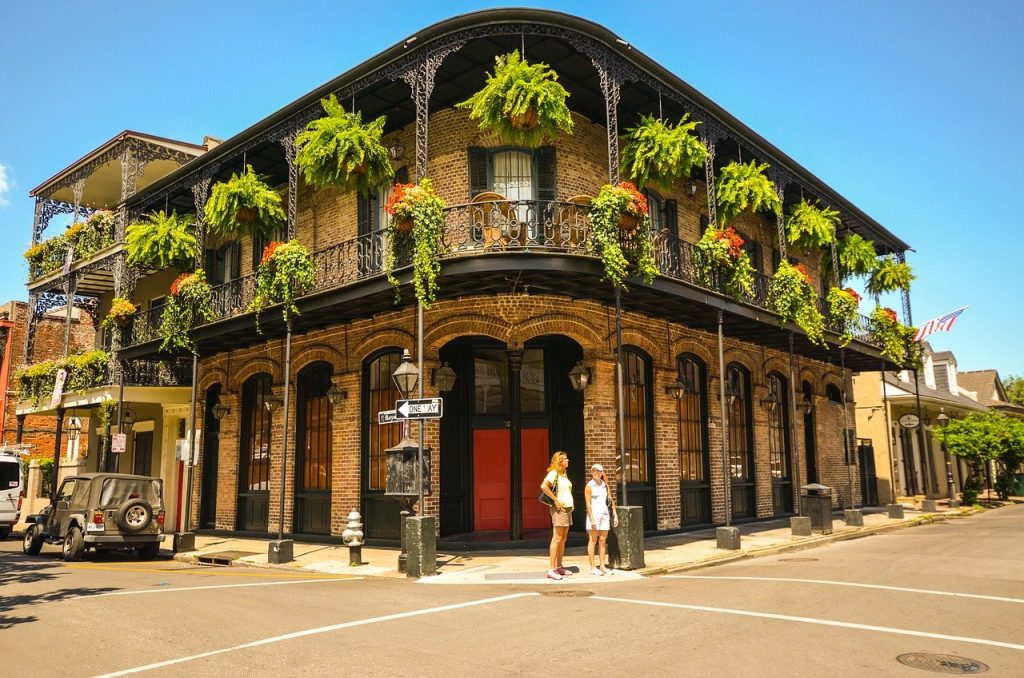
St. Louis Cathedral
One of the most famous sights in New Orleans is the St. Louis Cathedral. You’ve probably taken a photo of it from Jackson Square. It’s also the oldest continuously active cathedral in the US. Inside, you’ll find gorgeous stained glass windows depicting the saintly life of France’s King Louis IX, as well as glorious murals and statues. It’s a must-see for any history buff.
The Cathedral isn’t overcrowded, but it’s important to arrive at least half an hour before the start of mass. Also, visit during off-peak hours. Most visitors won’t spend much time at the cathedral, so plan to spend 30 to 60 minutes there. You’ll need to check the hours before you go since some services end early. A few other important things to remember before visiting.
The Cathedral has a unique history, having been built in the early 18th century. The first church burned down during the Great New Orleans Fire, and it was rebuilt within a decade. Don Andres Almonester y Roxas donated funds to rebuild the cathedral. His remains can still be found beneath the cathedral. The current structure was completed in the mid-19th century and incorporates remnants of the second church.
The Cathedral-Basilica of Saint Louis is one of the oldest cathedrals in the United States. It was constructed in 1718 and was officially named “Cathedral-Basilica of Saint Louis, King of France.” It is the seat of the Roman Catholic Archdiocese of New Orleans. Visitors are encouraged to explore its impressive interior and attend the church services. When in New Orleans, visit the St. Louis Cathedral for a glimpse of history and culture.
Golden Nugget Casino
There are a variety of things to do in Louisiana, but a trip to Golden Nugget Lake Charles might be just what you’re looking for. It’s a $700 million resort with luxury hotel rooms, an 18-hole championship golf course, and a Country Club. Guests can also enjoy shopping at the expansive outlets on the property, 30,000 square feet of meeting space, and two Landry’s signature restaurants. For those who prefer gambling, Golden Nugget Lake Charles offers more than just a luxurious hotel experience. It also features 1,600 slot machines and 75 table games.
Whether you’re looking for a romantic setting or an action-packed day out, the Golden Nugget Lake Charles offers something for everyone. It has six unique nightlife venues that are great for meeting locals or meeting new friends. Start your night at Bill’s Bar and Burger, and then head to Blue Martini or Bar 46 to check out the local talent. If you’re feeling a little more energetic, you can try the H2o Bar and Grill. In the evening, try out the Rush Lounge for better-tasting cocktails.
Guests can dine at any of the onsite restaurants, including Landry’s Seafood and Vic & Anthony’s Steakhouse. The Golden Nugget Lake Charles has a variety of restaurants, including Lillie’s Asian Cuisine and Grotto Ristorante. The casino also features an 18-hole championship golf course. The hotel offers a variety of shops to shop for designer items.
Mardi Gras World
If you want to learn how New Orleans’ parades are made, check out Mardi Gras World in Louisiana. This 300,000-square-foot warehouse is the place to go to see how floats are made. Located alongside the Mississippi River and next to the Morial Convention Center, Mardi Gras World is definitely worth a visit. While visiting this attraction, make sure to wear comfortable shoes or sneakers, since the floors can be rough and dirty.
The tour starts with a narrated tour of the museum’s galleries, which includes the Mardi Gras Parade and the New Orleans Power Pass. The museum also features exhibits on Mardi Gras and its history. Many of these exhibits are free. The Presbytere museum is home to the Louisiana State Museum and includes exhibits on Hurricane Katrina and Mardi Gras.
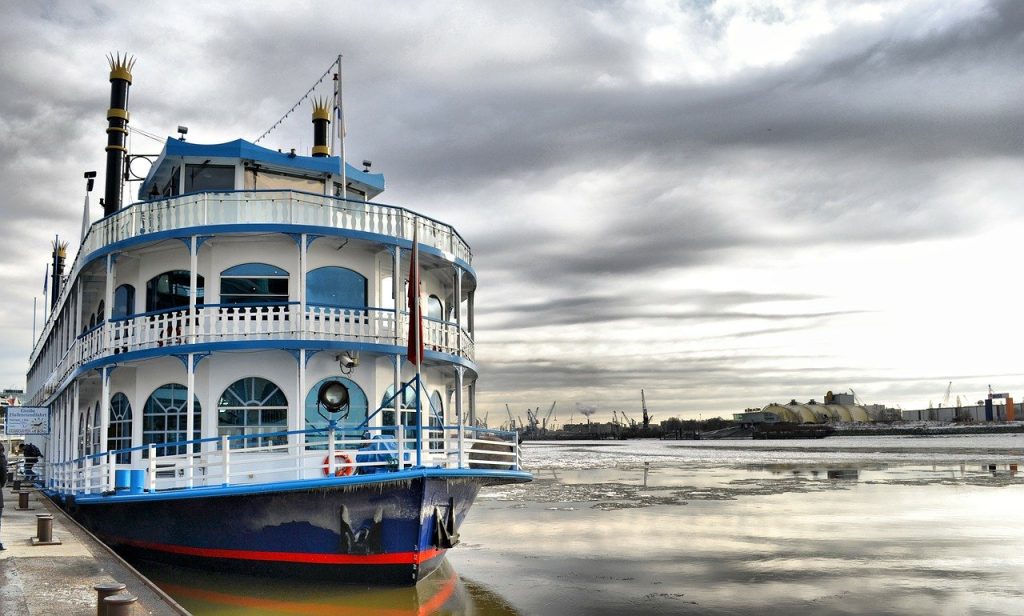
You can also board a shuttle and hop on and off at any one of the 20 locations along the Mississippi River. The shuttles depart every half-hour and run every half-hour throughout the day. There’s even a free King Cake for all who visit during this season. This tour will take approximately two hours, but if you have a limited amount of time, you can also take a walk in the neighborhoods of Mardi Gras World.
The tour at Mardi Gras World is a fascinating look behind the scenes at the famous parade. A float in the parade costs $1.3 million and is over 365 feet long. There are strict rules about the size of floats in New Orleans, and no float can be more than 18 feet high and a mile wide. This is what makes the experience so unique. A guided tour will help you learn about the history of Mardi Gras.
Atchafalaya Basin
One of the top things to do in Atchafalaya Basin is kayaking or canoeing. This 6,000-acre park is home to more than 100 species of fish and over 65 types of amphibians. While kayaking and canoeing aren’t the most convenient ways to see the swamp, they offer a close-up view of its wildlife. If you’re not comfortable kayaking or canoeing, you can take a tour of the Atchafalaya Basin by airboat.
After kayaking, you can enjoy a seafood dinner at Pat’s Fisherman’s Wharf or McGree’s Landing. For an authentic Louisianan experience, make sure to try the fried alligator fries at McGree’s Landing, which are served in a miniature version of the alligator. You can also visit local restaurants and stop by Jeaux Biff’s Burgers and Beer, located at 625 Grand Point Ave. The Ganaway family has been operating this Breaux Bridge restaurant for four years and serves up delicious food and craft beers.
The Atchafalaya National Heritage Area is made up of 14 parishes in southern Louisiana that contain the Mississippi River. As the Mississippi River has altered its circuitous route over millennia, the Atchafalaya Basin serves as a huge floodplain and draining wetlands. The Old River Control Structure near Lettsworth and the numerous levees throughout South Louisiana have helped to confine the water, but it still remains the largest river drainage swamp in the United States. The Atchafalaya National Heritage Area is far more than a series of bayous and waterways. The region also boasts a diverse population of native Americans.
Tabasco Sauce Factory
If you’re looking for something to do while visiting New Orleans, a trip to the Tabasco Sauce Factory should be at the top of your list. This popular hot sauce is a Louisiana original, invented on Avery Island in 1868. Now manufactured on the same site as when it was first invented, you can learn more about how the famous hot sauce is made and how it became so popular. You can take a tour of the factory and the surrounding grounds, which include bird city and botanical gardens. Admission to the factory is separate, but it’s well worth it.
Before you visit the factory, you should get some background about the Tabasco company. You can learn how the sauce is made and about the McIlhenny family, which started the company. You can also see the artifacts from the founding family. After the tour, you can try the different Tabasco varieties and sample them in the factory shop. While you’re there, be sure to stop by the restaurant for some great Cajun food.
You can also visit the McIlhenny Company, which has shaped culinary culture throughout history. This plantation is located on Avery Island, and it welcomes more than 100,000 visitors every year. The factory also features a museum that contains rare McIlhenny family artifacts. You can learn more about the McIlhenny family’s legacy and the evolution of the Tabasco sauce.
Places to See and Things to Do in Louisiana
If you’re planning a trip to Louisiana, there are many places to see and things to do. From the Mardi Gras festival to the Laura Plantation, this state is a melting pot of cultures. There’s something for everyone in Louisiana! You can take a tour of the plantations and historic sites, or participate in the Mardi Gras parade and party. If you’re in the mood for some history, visit the National WWII Museum for an educational experience.
Laura Plantation
When visiting Laura Plantation, you’ll experience the legacy of this family’s past. You’ll see the slave quarters and learn about the daily lives of the people who worked on the plantation. You can also visit the auxiliary museum to see the plight of enslaved Africans. The tour is 75 to 80 minutes long and requires some walking. Be prepared to spend some time outdoors, though; it’s recommended that you dress appropriately for the weather.
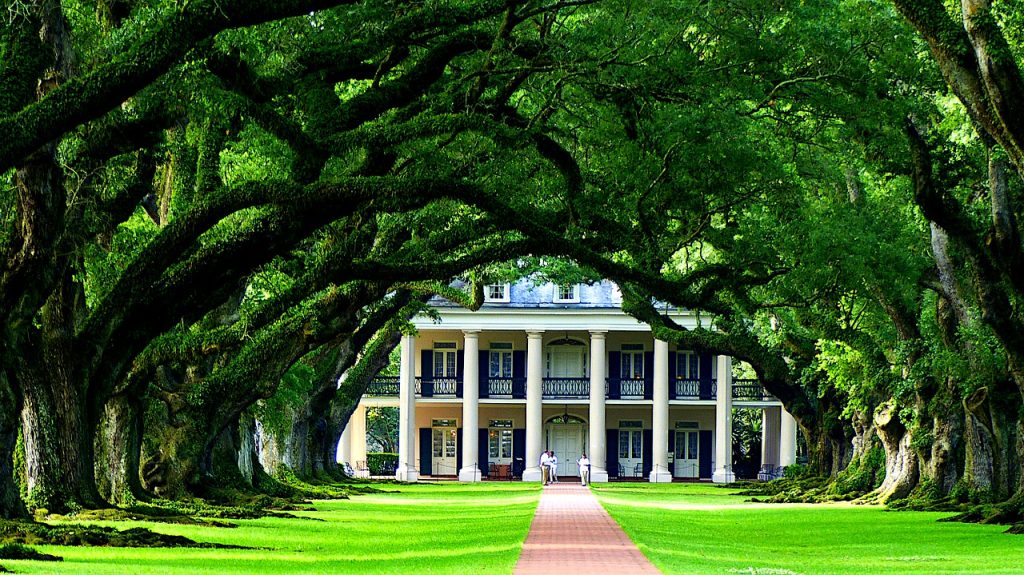
Once owned by Guillaume Duparc in 1804, Laura Plantation was one of the first historic attractions in Louisiana to tell the stories of its slaves. It was run by four generations of a Creole family. The “big house” was crafted by skilled slave craftsmen. The plantation is listed on the National Register of Historic Places. Its architecture is a fine example of Creole style and reflects the history of the Louisiana sugar industry.
The Laura Plantation is located in New Orleans. It is a 200-year-old sugar plantation that includes three gardens and twelve National Register buildings. You can visit the Big House, stroll through the plantation’s enchanting landscaped grounds, and visit the slave quarters. The plantation has twelve buildings on the National Register, including the Maison de Reprise from 1829 and the slave cabin from the 1840s. Visitors can even learn about the origins of Br’er Rabbit’s famous tales.
Vermillionville Historic Village
When visiting the Living history museum of Vermillionville, you’ll enjoy the restored homes and re-created street scenes that date back to the early 1800s. There’s live music and a restaurant, too. And if you’re feeling nostalgic, you can even eat dinner at the museum’s restaurant. For a real taste of Louisiana culture, don’t miss the quaint town’s re-creation of a French Quarter.
The Acadian Cultural Center is a cultural center dedicated to educating the public about the history of the Cajun people. This museum is located on Fisher Road near the Vermillionville Historic Village. This museum offers educational tours and exhibits about the origins of the Cajun people, who originated in Canada and settled in Louisiana. You can even borrow portable media players from the Visitor Center to learn more about Cajun culture. The Center also hosts special events and ranger programs. School field trips, Girl Scout and Boy Scout programs, and summer camps are among the many special events held at the Village.
Another great place to visit in Lafayette is Vermilionville Historic Village, a living history museum and folklife park. Located a few blocks from downtown, this quaint town represents the culture and traditions of the Cajun and Creole people of southern Louisiana. Visitors are encouraged to take a walk around the town’s streets and learn about its history. Vermilionville is also home to the popular onsite restaurant, La Cuisine de Mamam, which serves authentic Cajun fare.
Oak Alley Plantation
If you love Civil War history, Oak Alley Plantation is a must-visit. The reconstructed slave quarters offer a glimpse into the past. There are also self-guided tours and guided tours, which are offered for an hour and a half-hour. Tours include the Confederate Commanding Officers Tent, Blacksmith’s Shop, and other historical sites.
The Houmas House was built in 1830. The family-owned the plantation until the Great Depression hit the country, causing the plantation to be boarded up. After the Great Depression, a new owner purchased the property and renovated it, opening it to the public. In the early 1960s, Kevin Kelly bought the property and began to expand its offerings. The plantation now offers a guided tour of the main house and massive garden, as well as a restaurant and inn. Visitors can take a one-hour tour of the Houmas House. Both houses feature similar exteriors, but the Houmas House offers more.
Visitors to Oak Alley Plantation can tour the main house, which is a massive square structure cut by a gigantic central hall. The home was constructed in the Greek Revival style, with high ceilings and large windows, providing good ventilation in the days before air-conditioning. The plantation was home to 28 Doric columns, whose purpose was to compliment the surrounding live oak trees.
Mardi Gras festival
If you want to experience Mardi Gras like the locals do, head to New Orleans and watch the parades. While you can catch beads, you can also explore the city’s rich history and unique traditions. Many attractions are dedicated to the festival, including real floats and costumes, museums, and restaurants. There are even a number of galleries dedicated to the festival. Mardi Gras designers and artists also create floats that are a part of the festivities.

While Mardi Gras is celebrated around the world, it is celebrated most notably in New Orleans, Louisiana. The festival is celebrated on Fat Tuesday, which is approximately 47 days after Epiphany and before Ash Wednesday, which marks the beginning of Lent in the Western Christian tradition. During the festival, you can enjoy a parade or two every day, with several large parades on some days. If you plan to visit during the festival, be sure to plan enough time to explore all of New Orleans.
Mardi Gras is an integral part of life in New Orleans. If you want to see how massive floats are made, head to Mardi Gras World. Mardi Gras World is a living workshop operated by the Blaine Kern Studios. The museum has 16 warehouses scattered throughout New Orleans. If you’re visiting during Mardi Gras, don’t miss the Carnival parade in New Roads, which draws up to 80,000 visitors each year.
Lake Charles
If you’re looking for unique places to see and do, look no further than Lake Charles, a city in southwest Louisiana. Visit the Mardi Gras Museum, which explores the history of this legendary festival. Or, check out the 1911 Historic City Hall Arts & Cultural Center for local art and traveling exhibits. The Sallier Oaktree, which stands near the Imperial Calcasieu Museum, is a picturesque sight that’s sure to make your vacation unforgettable. There’s no shortage of gambling opportunities either, with several casinos aplenty.
If you’re looking for cultural experiences, head to the Imperial Calcasieu Museum, a free museum that highlights the rich history of the Lake Charles area. The museum features artwork by local artists as well as a collection of period artifacts. The museum has self-guided tours for visitors. You can also take a cooking class or a culinary workshop at the nearby Velvet Pig. The museum has a wide variety of events, and many are free of charge.
The city of Lake Charles is a hub of culture and industry, with stately Southern homes and an abundance of small local restaurants serving top Cajun and Creole cuisine. It also has a fascinating Mardi Gras Museum, where you can learn about the history of Mardi Gras and the local celebration. Check out the list of Lake Charles, places to visit in Louisiana below, and plan your trip!
Grand Isle
When in Louisiana, don’t miss visiting the town of Grand Isle. This barrier island lies in the Gulf of Mexico and is known for its beaches. Located in the town is the Grand Isle State Park, which features hiking trails and a Butterfly Dome filled with native plants. Water sports enthusiasts will enjoy the Wake Side Cable Park, which has cables tow them along the waves. There are plenty of things to do in Grand Isle, Louisiana, and you can find them all at one destination.
Located at the end of Highway 1, the island is linked to the mainland by a bridge. While there are only a few hotels on the island, the town itself is inhabited. During the off-season, the island is nearly empty and welcoming to more than 20,000 visitors every year. The island’s beaches are perfect for a variety of activities and are reinforced with boulders and beach grass. The state park also features camping and RV facilities.
If you’re looking for activities, try surfing or paddleboarding at the Pontcha Surf Club. For more extreme sports, try Kiteboarding or surfing. Island Adventure Rentals can provide you with all the necessary equipment to enjoy water sports. During your stay, you can also enjoy the beaches, where you can enjoy beachcombing, crabbing, and more. You’ll never be bored on Grand Isle. And when you’re tired of the water, you can head to the nearby Elmer’s Island Wildlife Refuge, where you can explore the saltwater marsh and beach habitat.
The Best Sightseeing in Louisiana
If you’re looking for a great way to spend a few days, Louisiana is the state for you. You’ll find that the state boasts several interesting towns and cities, including the cosmopolitan New Orleans and the understated Lafayette. You can also explore the rich history of the state and visit many of its World Heritage Sites. Read on for a few ideas to plan your Louisiana vacation. Here are some of the top spots for sightseeing in Louisiana.
Bourbon Street
One of the most iconic streets in the US is Bourbon Street, a popular destination for tourists visiting the New Orleans region. This lively street stretches thirteen blocks, from Canal Street to Esplanade Avenue, and is famous for its many bars and strip clubs. For visitors, Bourbon Street is the perfect way to experience the best of New Orleans, with a variety of things to see and do. Below are some reasons to visit Bourbon Street during your Louisiana vacation.
Unlike many party districts, Bourbon Street has distinctive alcohol laws. Unlike other parts of the city, bars on Bourbon Street do not close at a specific time. Many of the bars remain open all night, offering visitors a chance to dance the night away. Bourbon Street also boasts a number of 24-hour establishments, making it a popular place for nightlife. While the area is a fun place to party, it is not suitable for those who are looking for fine art, craft beer, or authentic traditional jazz.
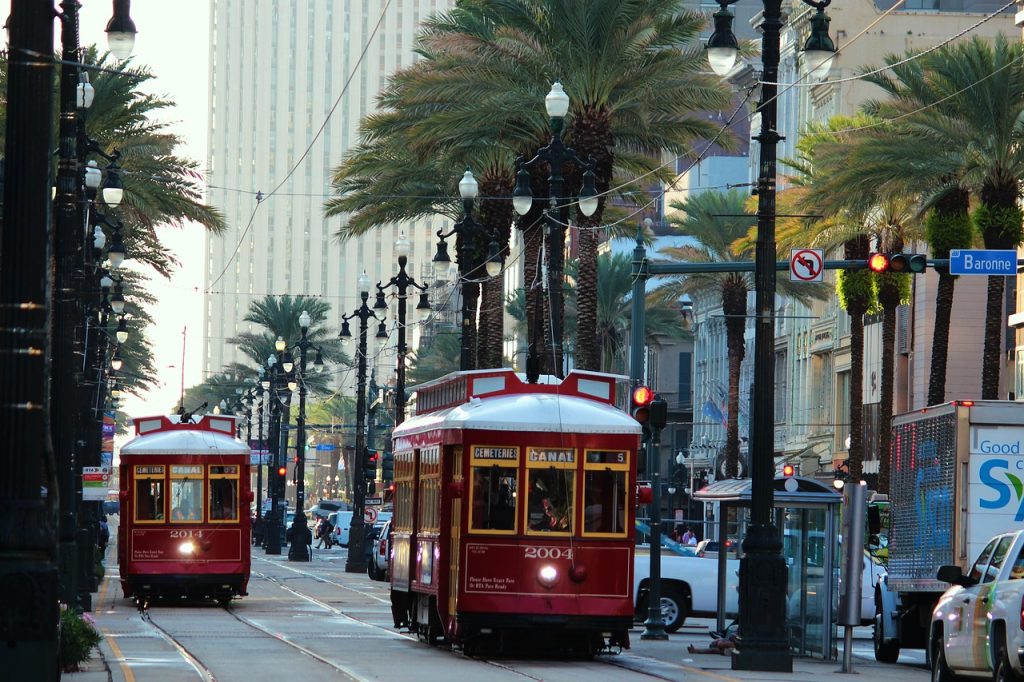
One of the best ways to see New Orleans is to visit Bourbon Street, a lively and historic street in the heart of the French Quarter. It dates back to 1718 when New Orleans was founded, and it was paved by a French engineer, Adrien de Pauger. Rue Bourbon, or “Bourbon Street,” is the oldest street in the French Quarter, stretching 13 blocks from Canal Street to Esplanade Avenue. You can also visit the National WWII Museum, a fascinating museum that offers interactive exhibits and documentary snippets.
Another place to see a show is the Chris Owens Club, a bar that is nothing like a typical music venue or a club. The owner of the club, who is in her 80s, still performs full-clothe performances. You will likely pay more to see the show than at most other bars on Bourbon Street. You should also visit the Upscale Cocktail Bar, which serves food and drink from the nearby Restaurant R’evolution.
Melrose Plantation
Visit the Yucca Plantation in Louisiana. This unincorporated community is home to one of the largest plantations in the United States. The plantation was built by free blacks over a span of almost three centuries. Today, visitors can explore the plantation and learn about how it was built. If you love history, you will enjoy this place. While you are there, you may also want to learn about the history of slavery in the United States.
A guided tour of the historic house includes a stop at the Yucca House, a log cabin originally used as a slave quarter, and a guest house. Another structure you can visit is the Book Bindery, a tiny frame building that was once a bindery for scrapbooks. It is now used as a gift shop and check-in for tours. There are several exhibits in the Big House, which feature period-style furnishings.
The National Trust has restored the African House. In 2014, they hired timber framers to rebuild the roof. The brick masonry was restored and murals were brought back to the plantation. The National Trust has also enhanced the visitor experience by developing interpretive signs and creating a free walking tour app. During your visit, be sure to ask questions about the history of this unique plantation.
The Melrose Plantation is another great place to visit in Louisiana. A National Historic Landmark, it tells the story of Marie Therese Coincoin and the ten Franco-African children who were raised there. You can also explore the local Creole community, the Civil War, and Louisiana folk art. The historic plantation was also a haven for artists and writers in the 1880s. The Metoyer family built the plantation and farmed it.
Poverty Point World Heritage Site
If you’re looking for the most interesting sightseeing site in Louisiana, consider Poverty Point. This ancient site features a collection of six earthen mounds that surround a massive plaza. Its geometric design is one of a kind and is 3,400 years old. In its day, Poverty Point was a major ceremonial, trading, and political center in North America. The people who lived there did not farm or raise crops but instead resorted to hunting, fishing, and trapping.
The Monumental Earthworks at Poverty Point are located in the Lower Mississippi Valley on a narrow and slightly elevated landform overlooking the flood plain of the Mississippi River. They were used for residential and ceremonial purposes by early people between 1700 and 1100 B.C.E. and were a part of a vast trading network. While there is no clear evidence of how the people of Poverty Point came to live here, it is possible to see the remains of their homes and the structures that surrounded them.
Poverty Point is located in northeast Louisiana, 150 kilometers west of Jackson, Mississippi. The site is a unique and historic site and has a World Heritage Site status. The archaeological remains on the site are over 3,500 years old and are considered the largest hunter-fisher-gatherer site in North America and the world. Visiting the site in late spring and early summer is an excellent outdoor adventure.
Besides being a world heritage site, Poverty Point is an incredibly ancient cultural site. It is estimated to have housed hundreds of people in the late Archaic period. The site also contains four smaller mounds. The tour ends at the Poverty Point Visitor Center. You’ll have a chance to view the ancient civilization, learn about the native people, and get some great photographs to take home with you.
Chicot State Park
One of the most beautiful sights in Louisiana is Chicot State Park, a natural wonder located in central Louisiana between the swamps of the Atchafalaya Basin and the central hills. The park is home to a Louisiana State Arboretum, which boasts over 150 species of native Louisiana plants. If you’d like to spend the day on foot, you can take the Bald Cypress Trail, which winds through the park’s woods. You’ll also find a walking trail, Walker Branch, which is about one mile long.
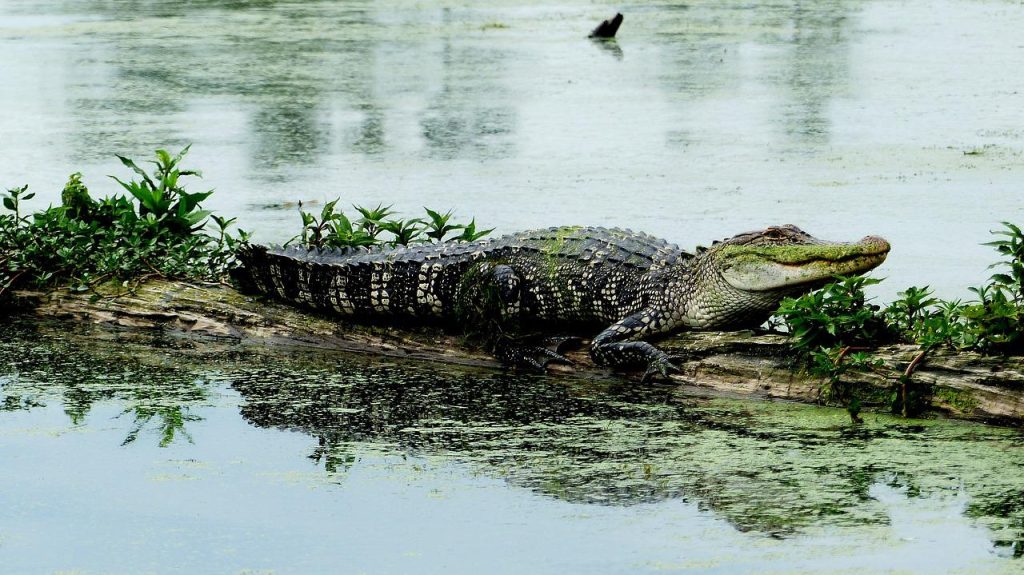
The lake in Chicot State Park is a popular destination for fishing and boating. The park has an 8-mile canoe trail marked by bright yellow markers. You can rent flat-bottom canoes and kayaks to take on the lake. You can also rent flat-bottom boats and canoes at the park. Regardless of what you prefer to do, you’ll be surrounded by beautiful, picturesque Louisiana scenery.
There are plenty of activities and attractions at Chicot State Park, including fishing, swimming, birding, and photography. You can also stay at one of the park’s two campgrounds. Both campgrounds have water hookups and electric outlets. In addition to the campgrounds, the park also offers 17 deluxe cabins for rent. You’ll find plenty to do in the state park, so come prepared to explore!
There are many waterways in Chicot State Park. These include lagoons, bayous, lakes, and swamps. Many Louisiana state parks offer primitive campsites, modern campgrounds, and lodges. Some require reservations and are closed on certain days or during inclement weather. For your safety, be sure to check park hours before visiting. Also, check out weather conditions and weather to make sure you’re not too far off from a park.
Grand Isle
If you’re a beach lover, you’ll enjoy visiting Grand Isle, a barrier island in the Gulf of Mexico. The town is well known for its beaches, but you can also take advantage of the island’s many hiking trails. The Grand Isle Birding Trail meanders through oak forests, while the Butterfly Dome showcases native plants. Water sports enthusiasts will enjoy Wake Side Cable Park, a cable ride that transports them to the waters’ edge.
Another popular attraction is the historic fort, which is in ruins but serves as a testing ground for the marine laboratory operated by the Louisiana Department of Wildlife and Fisheries. It also serves as an important part of the wave-protection project. Although the fort is closed to the public, visitors can take a peek from the observation tower in the state park. While you’re on the island, don’t forget to walk the back lanes for a unique perspective. Post Lane features beautiful old oak trees and historic homes.
Another great option for Louisiana sightseeing is Grand Isle State Park. This barrier island is home to the fourth-largest brown pelican rookery in the state. It supports approximately 15% to 20% of the nesting activity in the state. The island is also home to 10 species of colonial waterbirds. Camping at the park is also an option, as there are 49 campsites and three miles of hiking trails. There are also campsites for tents right on the beach.
When packing for your trip to Grand Isle, you should also consider the weather. While the temperature graph will be easy to read, there are other factors that will greatly influence your wardrobe. Take an umbrella with you and shoes with good traction for rainy days. You may even need to bring an umbrella or shoes that can deal with wind. And don’t forget to check the local customs. Some countries require women to cover up in certain areas, so dress accordingly.





